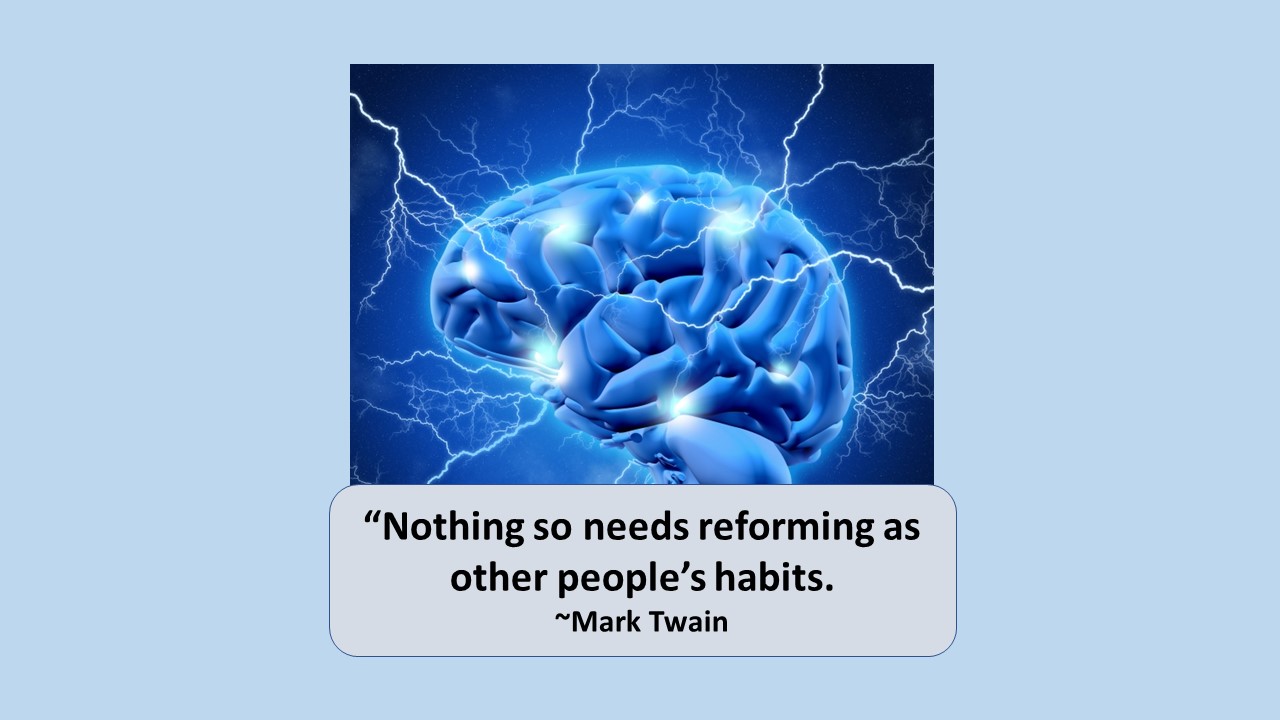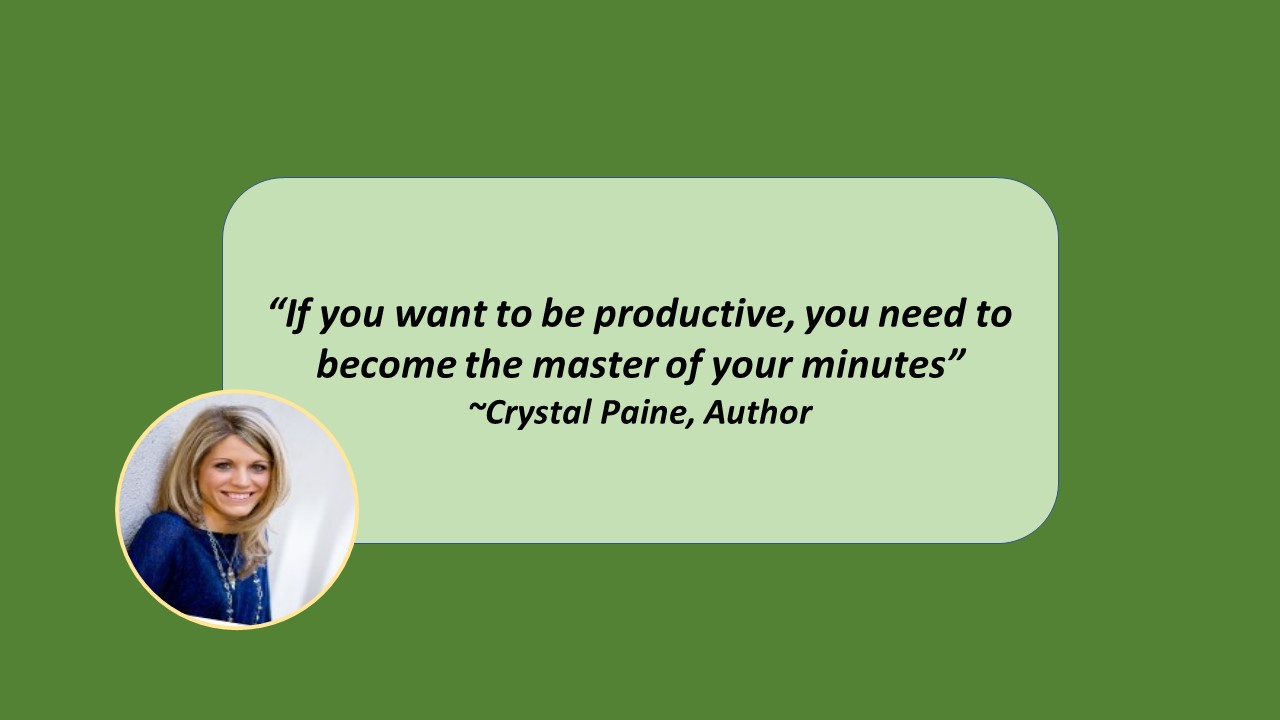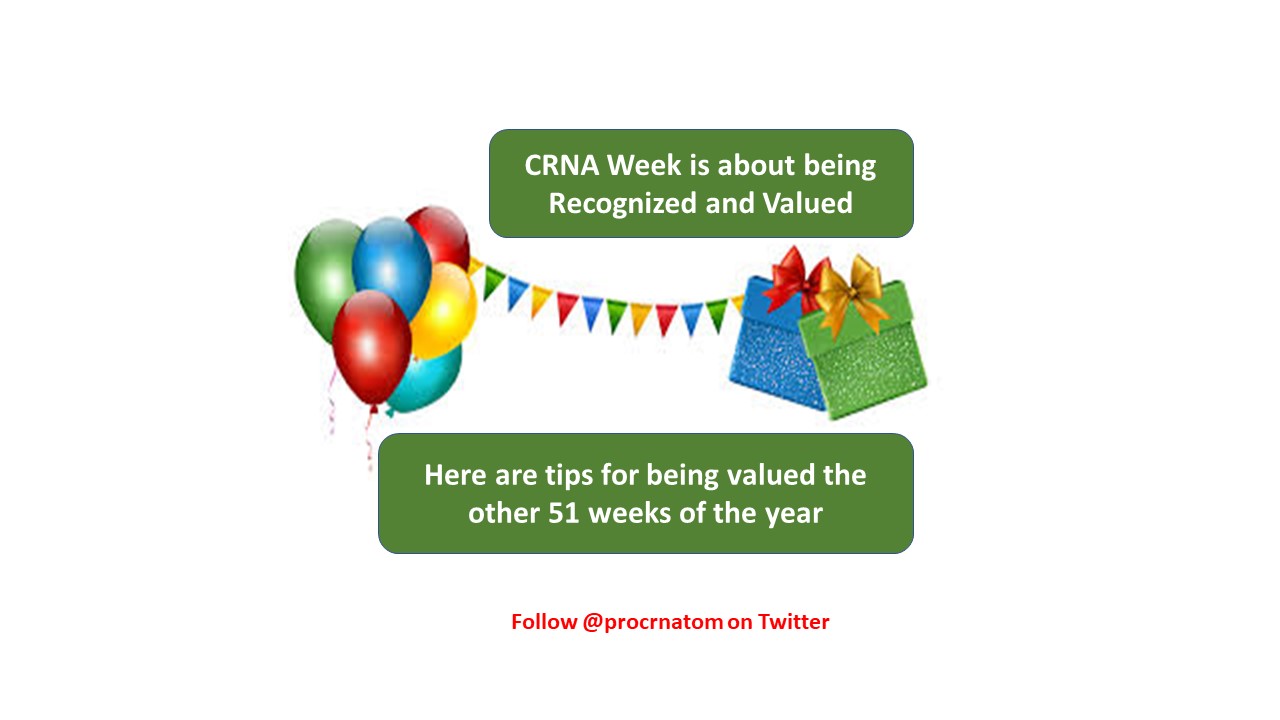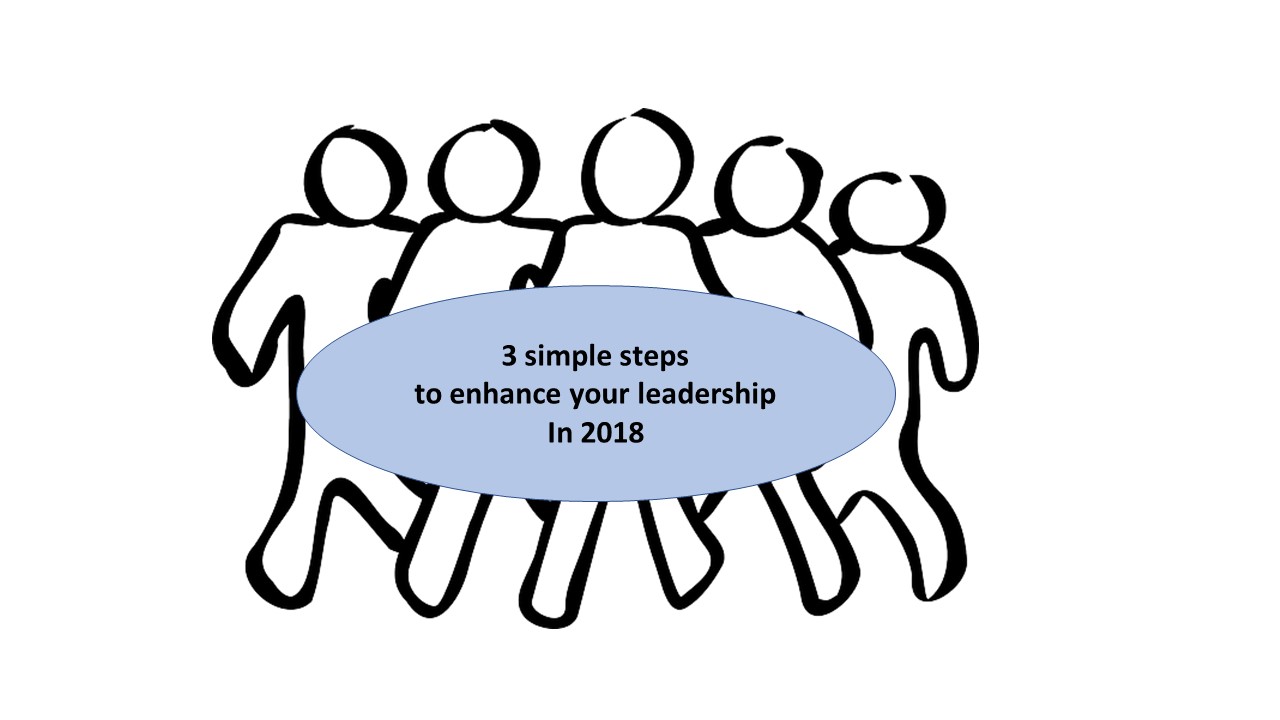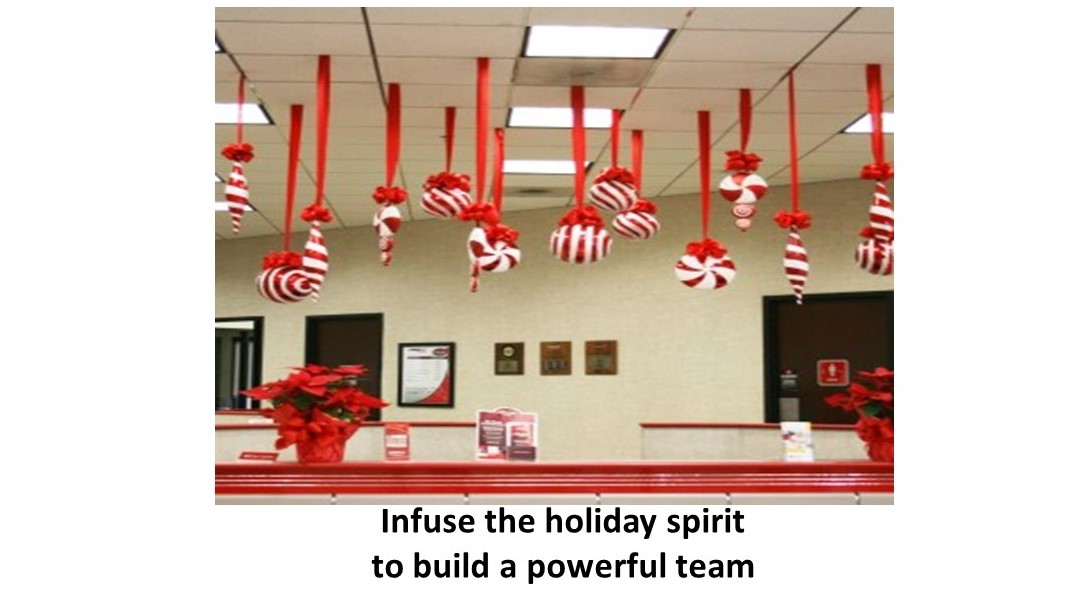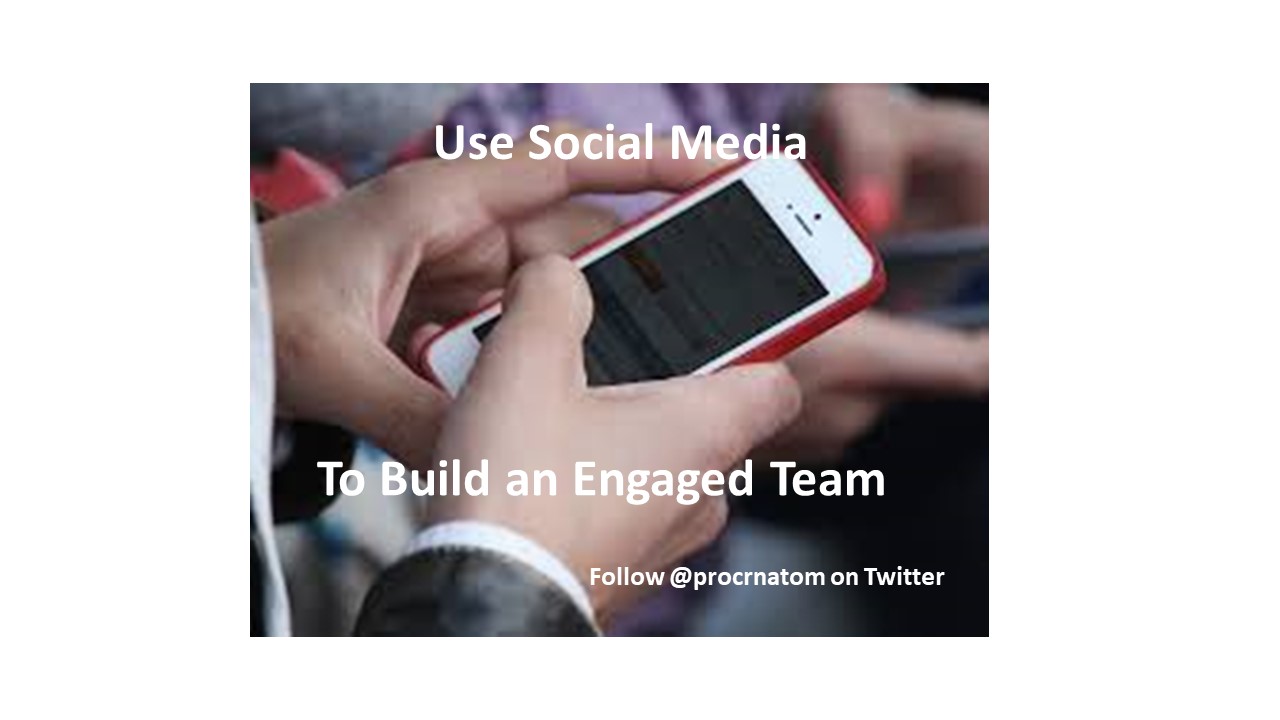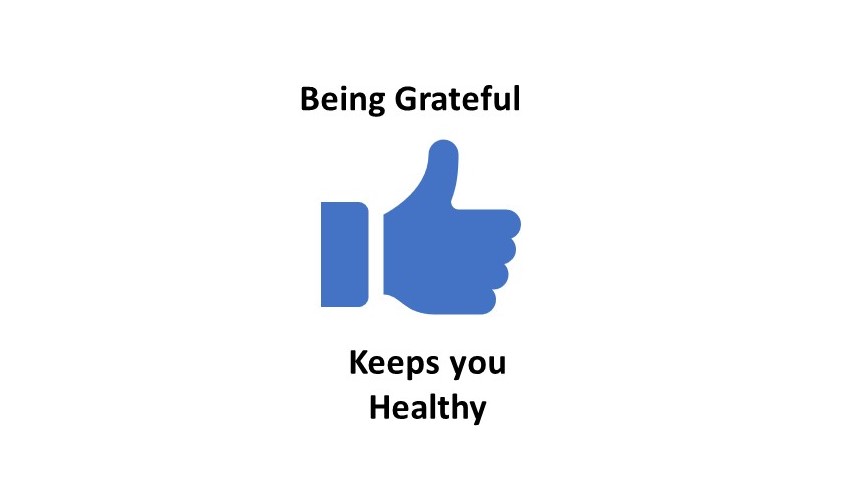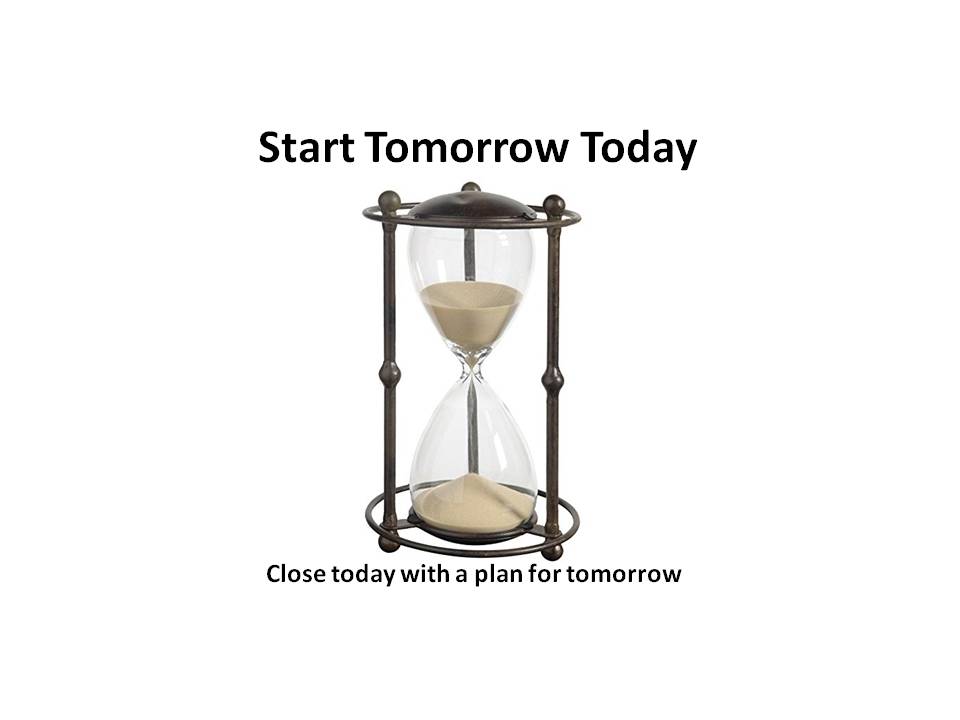Embrace useful stress; eliminate the rest
By Thomas Davis, CRNA, MAE, Lt. Col. (ret)
Follow @procrnatom on Twitter
“We all have to be willing to deal with a certain amount of discomfort in order to see what we’re truly capable of.”
~David Taylor, Proctor & Gamble CEO
Stress is inherent in both our professional and personal lives. Some types of stress are motivating and empowering whereas others are destructive and incapacitating. Both the type of stress that you face and the way in which you respond are the determinants of the outcome. Literature from the American Psychological Association describes the three most common categories of stress and offers insight into stress management. Gaining awareness of the type of stress that you face and formulating a plan to address it will put you on solid ground for reducing anxiety in your life.
Acute stress
James is 12 years old and is all-in for little league baseball. His hitting has improved, and he has mastered the skills needed for him to be successful playing second base; the coach sees him as a player with strong skills and a good sense for the game. Today, the usual catcher is out with an injury and the coach selects James to move to a new position, one that he has never played before. James feels the pressure.
Susan is an experienced Nurse Anesthetist and is a go-to person when her peers have questions about managing difficult cases. Today, there is an urgent add-on open heart case and because of her strong skills, Susan is assigned to step in and provide the anesthetic. Susan has not been in the heart room since her student days 6 years ago and she feels anxious.
Both Susan and James are experiencing acute stress (AC). As described by the APA, AC is the most common type, it is tied to demands that are imminent or in the immediate future, and it occurs frequently. Often, situations that create acute stress pop up unexpectedly and catch you off guard, knocking you out of your normal routine and comfort zone.
Solution
- Retrain your brain. Move away from the fear of failure and focus on the opportunity that you are being given to develop new skills. Enjoy the satisfaction of knowing that others respect your skills and selected you to meet the challenge…be glad, not mad.
- Focus on personal gain. Anticipate that stressful situations will emerge frequently and welcome them as opportunities for growth rather than threats to your status quo. Visualize a successful outcome look forward to the skills and self-confidence that you will develop from the experience.
- Ensure that support is in place. To reduce your personal anxiety, clarify the resources, material and personnel, that will be in place to ensure your success.
Episodic Stress
Adam is the manager of the busy admissions area of a mid-sized community hospital. He awakens half-rested every morning and quickly shifts into high gear, gets his boys ready for day care, scrambles to deliver them and then arrives at work on time. Adam knows the importance of the admissions process and feels personally responsible for what happens in his office as well as for the flow of patients through the hospital. When asked, he says yes to every request and lives his life sprinting from task to task; any unexpected challenge pushes him over the edge.
The APA describes Adam’s situation as episodic stress (ES) characterized by living a life of chaos and crisis in a rushed environment in which, if anything can go wrong, it will. He is highly likely to become irritable and short-tempered, neither of which enhances the productivity of the team.
Solution
- Track your stressors. Those who experience ES typically have type-A personalities and live in such a constant state of anxiety that they lose track of the source. Keep a journal of your causes of stress and gain insight into chronic sources. When patterns emerge, use them to anticipate your personal vulnerability and position yourself to proactively fend off the distraction before it occurs.
- Set boundaries. Victims of episodic stress often say “yes” even if “no” is more appropriate. Think ahead and plan a response for requests of your time that transcend reason or your capability. Acknowledging the request, state that you are too busy to accommodate and then refer the requestor to a colleague who may be able to help.
- Allow time for recovery. You can’t be everything to everybody all the time. To sustain your fast-paced and often over-committed lifestyle, you must embed personal recovery time into your daily schedule and it must be as important as the other things on your list. Set aside time to read, shoot some hoops, meditate or go for a jog. During your recovery time, push out all work-related thoughts and embrace the joi d’ vivre.
Chronic Stress
Betsy is a nurse in a community hospital in the small town where she lives and it provides her only professional opportunity without commuting 50 minutes to a larger city. She dreads going to work because of the disorganized and often disorderly way in which her unit is managed. Her sarcastic supervisor borders on being a bully and does not offer positive feedback. Betsy’s daughter is acting like a knows-more-than-mom teenager, and as the established as the insurance expert in the community, her husband does not have the luxury of moving to another location. Betsy is trapped in a life that is not fulfilling and she suffers from chronic stress.
Chronic stress (CS)occurs when a person does not see a way out of an intolerable situation. Over time, the person stops expecting to resolve the situation, becomes disengaged, and accepts living with a feeling of hopelessness.
Solution
- Change what you can. Betsy can’t change her location or her boss; however, she can assess her skills and find new ways to utilize them. She is a nurse and has locked herself into nursing. By finding a new application for her organizational and interpersonal skills used in nursing, Betsy may be able to find other non-nursing work in the community that will leverage her personal strengths.
- Develop new habits. When the status quo is no longer working, identify new behavior patterns that will produce better results. Repeating the new behavior frequently will quickly convert the behavior into a new habit. Betsy can change the way she responds to her daughter’s sarcasm and eliminate or reduce the level of tension created by the teen-aged moments at home.
- Create a support network. People who suffer from chronic stress feel as if they are in it alone. Develop new friendships by participating in new activities that will give you something to look forward to such as starting a book club or volunteering to walk dogs at the local shelter. Taking charge is empowering.
Stress is ingrained in the fabric of the world in which we live; however, there are ways to effectively identify and manage how it affects us personally. In some situations, stress should be welcomed as an opportunity for personal growth. Other forms of stress are obstructive or destructive and can be controlled or eliminated by developing awareness and implementing solutions.
Thomas Davis is a noted leader, educator, speaker and clinical anesthetist.

